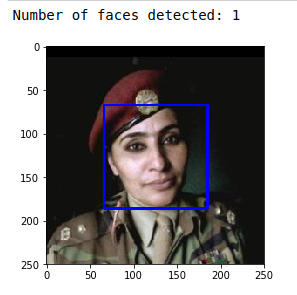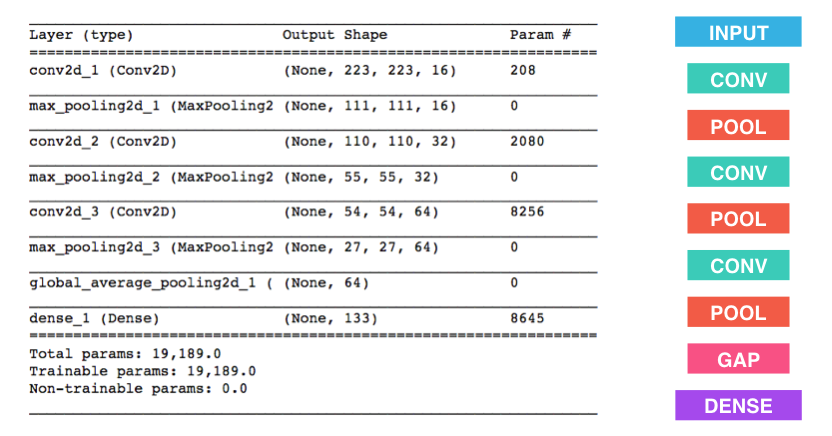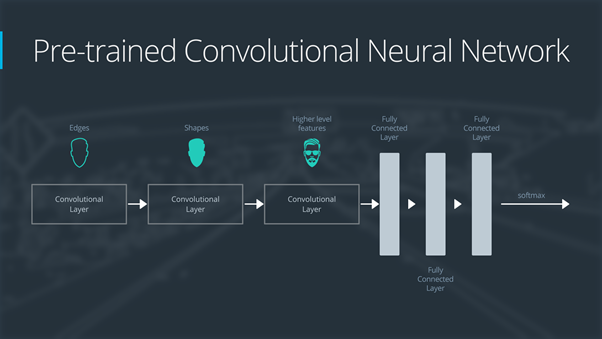Project walkthrough on Convolution neural networks using transfer learning
From 2 years of my master’s degree, I found that the best way to learn concepts is by doing the projects. Let’s start implementing or in other words learning.
Problem Statement
Take an image as input and return a corresponding dog breed from 133 dog breed categories. If a dog is detected in the image, it will provide an estimate of the dog’s breed. If a human is detected, it will give an estimate of the dog breed that is most resembling the human face. If there’s no human or dog present in the image, we simply print an error.
Let’s break this problem into steps
- Detect Humans
- Detect Dogs
- Classify Dog breeds
For all these steps, we use pre-trained models.
Pre-trained models are saved models that were trained on a huge image-classification task such as Imagenet. If these datasets are huge and generalized enough, the saved weights can be used for multiple image detection task to get a high accuracy quickly.
Detect Humans
For detecting humans, OpenCV provides many pre-trained face detectors. We use OpenCV’s implementation of Haar feature-based cascade classifiers to detect human faces in images.
### returns "True" if face is detected in image stored at img_path
def face_detector(img_path):
img = cv2.imread(img_path)
gray = cv2.cvtColor(img, cv2.COLOR_BGR2GRAY)
faces = face_cascade.detectMultiScale(gray)
return len(faces) > 0

Detect Dogs
For detecting dogs, we use a pre-trained ResNet-50 model to detect dogs in images, along with weights that have been trained on ImageNet, a very large, very popular dataset used for image classification and other vision tasks.
from keras.applications.resnet50 import ResNet50
### define ResNet50 model
ResNet50_model_detector = ResNet50(weights='imagenet')
### returns "True" if a dog is detected
def dog_detector(img_path):
prediction = ResNet50_predict_labels(img_path)
return ((prediction <= 268) & (prediction >= 151))
Classify Dog Breeds
For classifying Dog breeds, we use transfer learning
Transfer learning involves taking a pre-trained neural network and adapting the neural network to a new, different data set.
To illustrate the power of transfer learning. Initially, we will train a simple CNN with the following architecture:

Train it for 20 epochs, and it gives a test accuracy of just 3% which is better than a random guess from 133 categories. But with more epochs, we can increase accuracy, but it takes up a lot of training time.
To reduce training time without sacrificing accuracy, we will train the CNN model using transfer learning.
#data-science #transfer-learning #project-based-learning #cnn #deep-learning #deep learning
